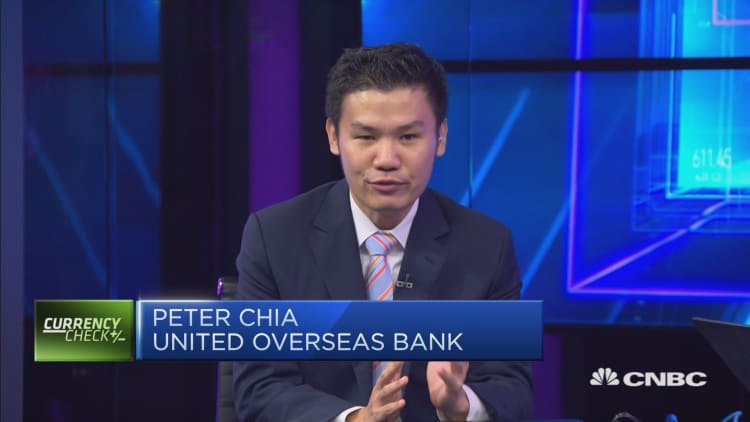Sterling slid to $1.1459 on Wednesday to hit its lowest point since October 2016 as liquidity concerns sent the dollar surging and hammered currencies around the world.
The pound fell more than 4% on the session to hit its lowest point since 1985, with the exception of an overnight "flash crash" in October 2016 which took sterling to $1.1450. The pound is currently trading below the levels seen in the aftermath of the Brexit referendum.
Fears over the economic fallout from the coronavirus pandemic and radical monetary policy action from the U.S. Federal Reserve are exerting further downward pressure over the past two weeks as investors flock to the surety of the dollar.

The greenback surge has sent currencies around the world tumbling, as the world's most liquid currency notched new multi-year highs against both the Australian and New Zealand dollars, while the Norwegian crown hit an all-time low against the U.S. currency.
The dollar index on Wednesday advanced to 100, its highest level since April 2017.
Sterling rebound?
The main reason for dollar demand is liquidity concerns amid the volatility arising from the pandemic. In such volatile circumstances, companies and investors need dollars to settle transactions, according to UBS strategists Dean Turner and Thomas Flury.
UBS suggested in a note Monday that sterling is now trading at a more-than-20% discount versus the dollar, but Turner and Flury projected a rebound once the global economy stabilizes.
"As the Fed and other central banks coordinate to provide dollar liquidity across the globe through tools such as swap lines, we expect those concerns to dissipate, which can then lead to a rebound that can be as violent as the fall in recent days," Turner and Flury added.


